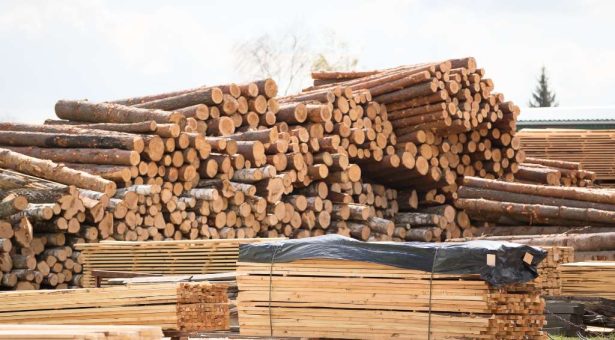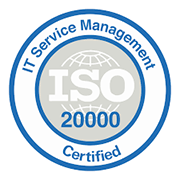What is the circular economy? ¿What is the circular economy? and what is your relationship with the companies? We give you the keys to
the new economic model promoted by the European Union for future
for future-oriented development in the member states.
What is the circular economy?
The circular economy is a
production and consumption model
based on the use of products and materials already circulating in the market in order to minimize waste and the use of raw materials, water and energy resources.
Through the green and circular economy therefore seeks to extend the life cycle of goods already produced as much as possible, through their reuse or a design and configuration that guarantee their durability, beyond the option of recycling.
It is therefore a matter of abandoning the current “use and throw away” model, which favors waste and is on the opposite side of the definition of the circular economy. definition of circular economy.

Principles of the circular economy
The circular economy scheme is configured on a wheel that follows the following steps: Raw materials, sustainable design, production/reprocessing, distribution, consumption, use, repair, reuse; collection, recycling and introduction of that recycled material into the loop through the design phase, except for the small percentage of material that constitutes residual waste that is not usable.
This would be the outline of a regenerative circular economy that seeks to alleviate the excesses of the current model and lay the foundations for a system that is sustainable over time and conducive to the environment and human health.
As the Ellen MacArthur Foundation
Ellen Macarthur Foundation
on its website, the circular economy is based on three principles, all made possible by a design phase based on strong environmental principles and capable of tackling the problem at its root:
- Eliminate waste and contamination.
- Promote the circularity of products and materials.
- Regenerate nature.
The
fight against planned obsolescence
The fight against programmed obsolescence launched by the European Parliament would be part of the package of measures intended to promote this model.
Examples of circular economy
There are many examples of examples of circular economy. Today, we’re going to focus on one based on the product ecodesign. The fact is that designing an asset according to sustainability criteria may involve an 80% reduction of its environmental impact associated with the different phases of the product’s life cycle: production, use, etc. Organizations know this, which is why many have begun to embrace solutions that define them as companies with circular economy.
Fairphone is a Dutch company that produces cell phones, a mass consumer good traditionally linked to the “throwaway” model. But it does so from the perspective of sustainability at all levels: social, environmental and economic. example of circular economy linked to the company.
To achieve this efficiently, they bring to market products with longer and easily repairable service lives. In fact, your Smartphones are designed under a modular approachThe system is designed so that each part of the phone can be easily replaced by an identical one in case of failure or wear and tear. The company has a
supply of recycled materials
.
The idea is to make the mobile hardware last as long as possible and to keep it up to date. In the case of new devices, the company undertakes to use
fairer, recycled and responsibly sourced materials.
.
There are many other companies companies that use the circular economy and, fortunately, their and, fortunately, their number is growing with each passing week.
Circular economy Spain
At the national level, the drive towards this new production and consumption model is based on the Spanish Circular Economy Strategy.
Spanish Circular Economy Strategy
and specific action plans involving administrations, citizens and companies.
The I Circular Economy Circular Economy Action Plan contains 116 measures of a vertical nature, i.e., that fall under the responsibility of different ministries to achieve satisfactory results by 2030.
Some Autonomous Regions have also approved action plans to promote the circular economy. circular economy in strategic sectors, among which the following stand out
Basque Country
which also has a specific
a specific strategy for 2030
, o
Navarra
.
According to data from the
UN Global Compact
43 % of Spanish companies have adopted circular economy processes to date. circular economy processes.
Benefits of the circular economy
The benefits of the circular economy are numerous and undeniable, not only for society, but also for the business and productive fabric of any country. We will cite only a few of them collected by the EU:
- Decrease in the use of natural resources, landscape alteration and biodiversity loss.
- Reduction of greenhouse gas emissions.
- Innovation in more reliable, efficient, durable and sustainable products, which would reduce energy and resource consumption, and management costs such as waste.
- Decreased dependence on raw materials and other countries for their procurement.
- Reduced supply risk and price volatility.
- Improved quality of life and well-being for all consumers.
- Saving money for companies.
A circular economy model would make companies embrace sustainable
sustainable solutions
more innovative, competitive and less environmentally
environmentally friendly
.









